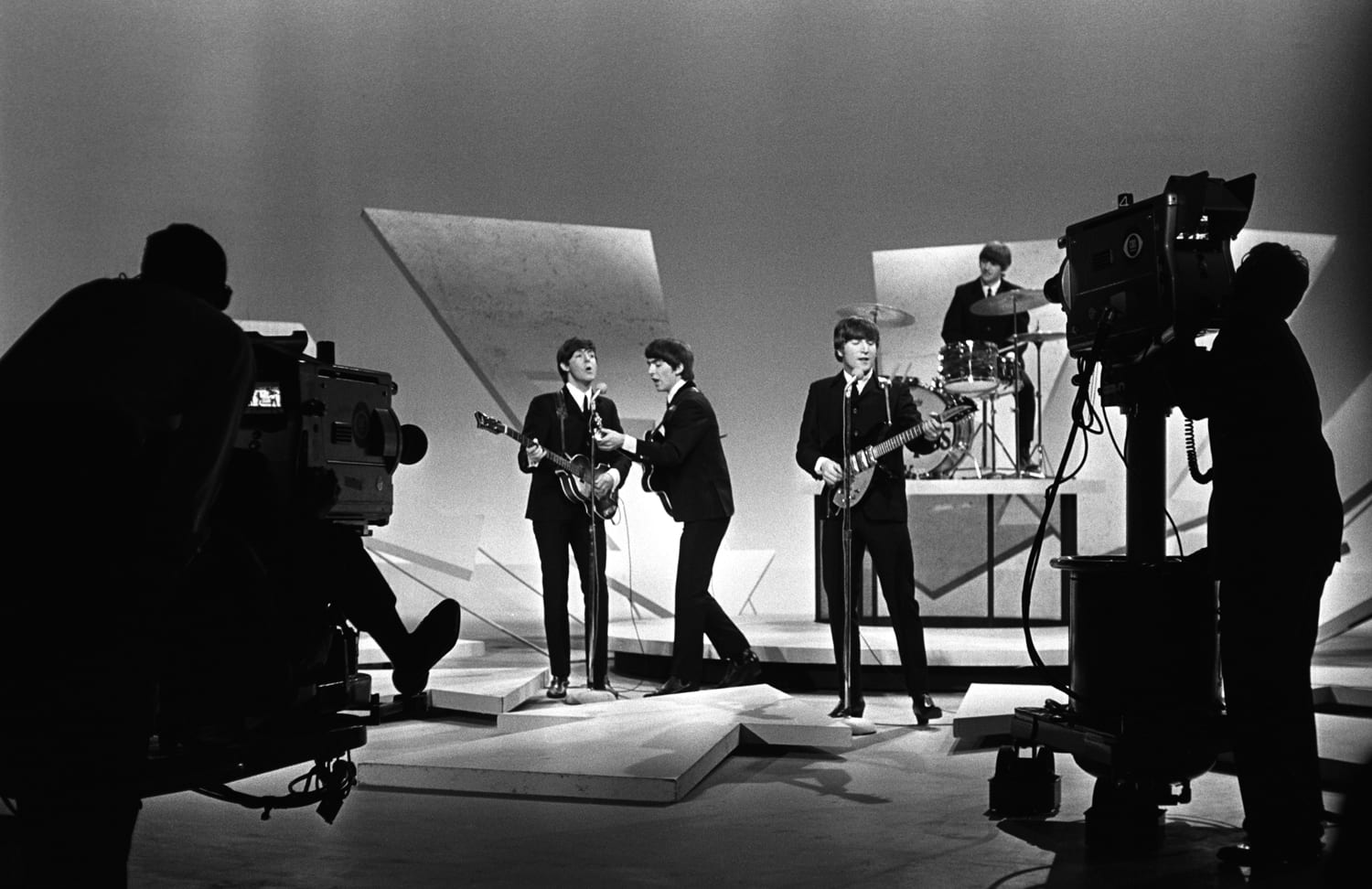The invention of the television at the end of the 1920s was one of the most influential inventions of the twentieth century, spurring a turn of prominent mediums used for entertainment. Like the radio, television would evolve to encompass music in order to add appeal to audiences. Beginning in the 1940s and skyrocketing into the 1950s, variety shows became celebrated family events focusing on different talents, acts and personalities. One common segment of these shows was a musical guest; the heyday of musical variety shows culminated in Dick Clark’s American Bandstand.

Beginning in 1952, American Bandstand featured the latest hit music for the attending teens to dance to with performances by popular musicians and audience members rate songs. This show “sold America the well-dressed, well-behaved side of rock music, helping to bring about rock n’ roll into the mainstream” (Friedlander, 70-71). Although variety television shows were enjoyed country wide, none was perhaps more beloved then the Ed Sullivan show. On January 9, 1964, the Ed Sullivan show was the most watched program in television history; predominantly due to the musical guest scheduled. This live debut of The Beatles coincided with a time where “viewers wanted to watch the singers they were hearing” (Wald 2009, 172). Just minutes before the show was about to be over, the Beatles began playing their final song of the night… I Want To Hold Your Hand.
Starting with a camera cut first to the euphoric audience – the show had received 50,000 ticket requests for a theater that held 728 – then to the band, the number one song on the United Kingdom billboard chart was an instant hit (Gilmore 2000, 100). Although the music itself was enough to captivate both the live and viewing audiences, it was the visual magnificence that stole the hearts of millions. The Beatles knew how to use the live performance to their advantage; “Paul played to the camera – his winks and smiles knew where the lens was, no matter the camera’s location” (Gilmore 2000, 100). The intimate gestures seemed distinctly personal to those watching, a seemingly invitational connection that would not have existed if not for the television. During the first chorus of I Want To Hold Your Hand, the camera zooms in on Paul, while his melodic voice increases an octave on “hand,” the sound of his voice is greatly overshadowed by the abrupt cheering of the crowd and this external noise overtook the internal sound of the broadcast for viewers at home. Furthermore, “the puckish way they clowned for the camera” set them apart from the intimidating presence of overt sexual menace embodied by Elvis Presley (whose early appearance on The Ed Sullivan Show had been restricted to above-the-waist shots because of the perceived obscenity of his pelvic gyrations) (Douglas 1992, 116).
Furthermore, perhaps the biggest visual difference between Elvis Presley’s performance and The Beatles’ performance, besides the full body shots, was the advancement in camera technology. In 1958, the Marconi Mark IV with its 4 ½ inch image orthicon tube became the primary camera for CBS (“Eyes of a Generation”). The quality was much cleaner and ensured that there was no contamination of the luminance picture by high frequency noise from those channels. Furthermore, whereas the Elvis performance had only one camera following him, the Beatles had 3 Marconi mark IV, along with a RCA camera overhead to provide birds eye view shots, allowing for different angles to show the members of the bands in detailed ways (“Eyes of a Generation”). The production of the performance and its relay onto the televisions of tens of millions of Americans cemented the legendary legacy of this night, and had a monumental impact on those who witnessed it firsthand in-person, as well as those who watched at home.

